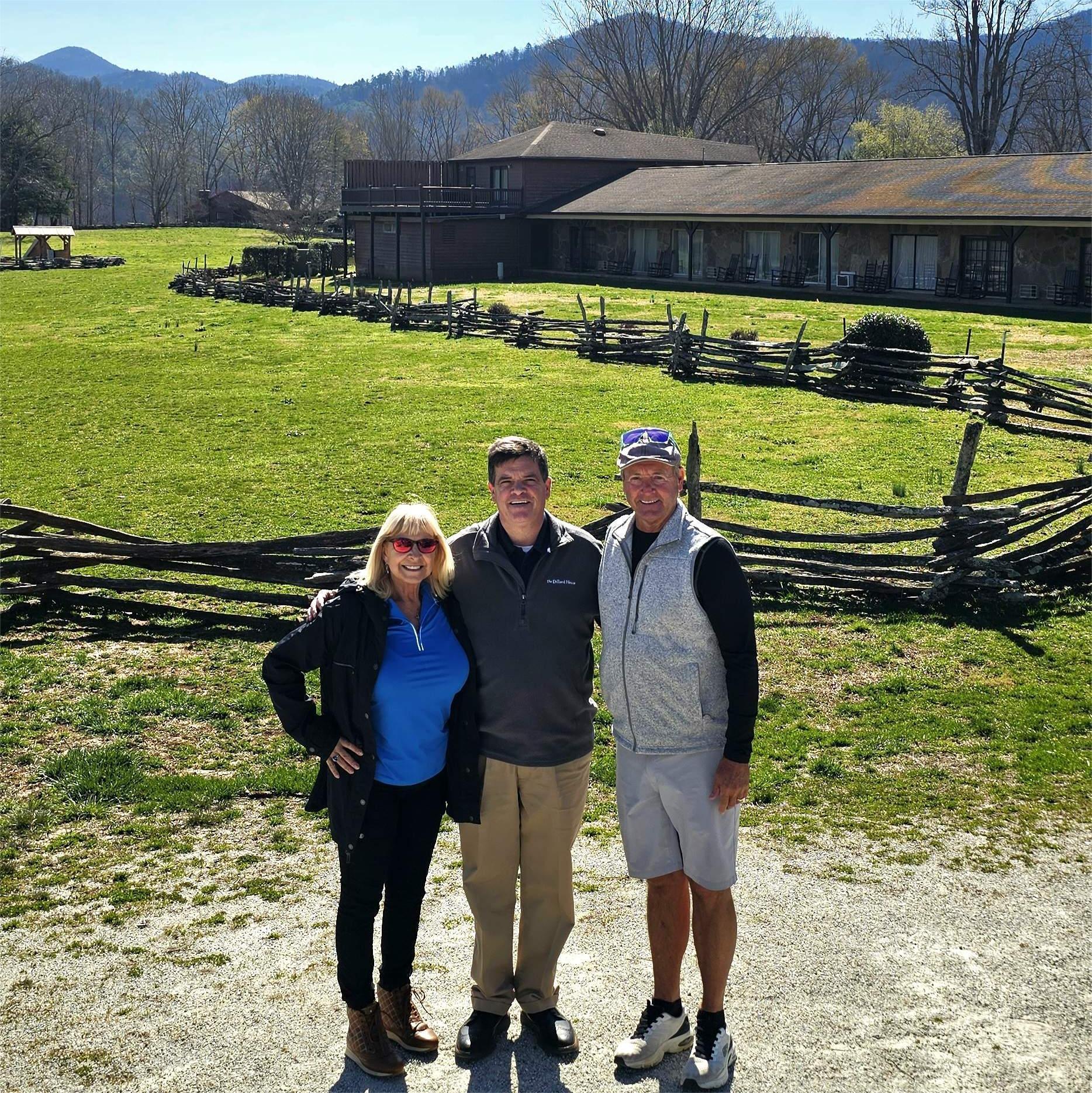TORREY’S STORY
How and why the U.S. Open came – and is now front and center
by Matt Ward
La Jolla, CA. This week’s U.S. Open to Torrey Pines illustrates a number of pivotal factors that ultimately determined the championship’s return for the second time with the initial visit having come 13 years ago in 2008.
What many do not fully appreciate is that the U.S. Open was never held west of the Mississippi River until 1938 when hosted by Cherry Hills outside Denver. The initial venues were primarily located in the Northeast and Midwest areas of the USA. The lone visit to Southern California came 10 years later in 1948 when Riviera in Pacific Palisades served as the venue. In the years to follow, other locations in California included the Olympic Club in San Francisco as well as Pebble Beach being added to the rotation starting in 1972.
The United States Golf Association (USGA) which runs the event had long wanted to return to the Southern California area but securing a meaningful site posed challenges. There was interest from Riviera in hosting again but the USGA was wary given the fallout that happened during the 1995 PGA Championship held there when putting surfaces literally wilted during the event and there were related concerns of access to/from the site.
Los Angeles CC was long sought by the USGA — contrary to the usual process of a club issuing an invitation to start the process — but the club expressed no interest in doing so. That has since changed with a massive course updating carried out by architect Gil Hanse and the Open arrives there in 2023.
Torrey Pines was created originally by William F. Bell with input from his father William P. and opened in 1957 as a municipal course owned by the City of San Diego. The caliber of the layout was geared towards a functional test of golf — not as a possible host site for a future U.S. Open.
The PGA Tour had long been a visitor to San Diego as part of its scheduled winter events and Torrey Pines took over the host role in 1968. The event has been held there ever since under the banner of different sponsors — the current one being Farmers Insurance.
The USGA had steadfastly eschewed using a publicly-owned facility for its flagship event. The first public facility to stage the event came in 1972 when Pebble Beach entered the scene. However, the Monterey Peninsula-located resort, while technically “public” in name was hardly modest in the fees charged to play. Under the leadership of its Executive Director David Fay., the USGA’s desire to secure a legitimate public site came to the forefront in 2002 when the Black Course at Bethpage State Park on Long Island, NY was selected The results were an eye-opener on several fronts; Tiger Woods claiming the title, large galleries attending along with a healthy sure in cash receipts pouring in afterwards.
But the movement for Torrey Pines was already underway prior to the ’02 championship at Bethpage. In 1999, Jay Rains, local attorney and president of The Century Club, the nonprofit organization that runs the PGA Tour’s Farmers Insurance Open, visited the ’99 championship at Pinehurst #2 in North Carolina.
It was then that the longshot possibility of Torrey Pines staging a U.S. Open began its long journey. Rains analyzed the various elements working in favor of San Diego. The location has always been a favorite for tourists and convention business. The area also had a nearby major airport and easy access to a major road network along with all the ancillary elements such as lodging and food options.
The one major thing missing was the caliber of the course. The South would have to be overhauled and the man best positioned to do so was called in to give his initial assessment. Rees Jones, son of the renowned architect Robert Trent Jones, Sr., had inherited the tagline from his father as the “Open Doctor” — the man capable in updating a golf course and having it become a suitable host site for a major championship.
The price tag was not inexpensive — roughly $3.5 million and the money would need to be raised privately since no public funds were included. Rains spearheaded the initiative and without any guarantee Torrey Pines would be selected for a future Open by the USGA the money was quickly raised between May 2001 and August of that year. Rains and his close-knit team went to 25 individuals to secure the money and work progressed on the course in the summer of ’01
When the players assembled for the ’02 event on the South Course they were amazed to see how a previously functional layout beefed up in a range of crucial areas by Jones. It clearly helped matters that Woods expressed positive thoughts and the champion that year was Jose Maria Olazabal — Spain’s acclaimed player.
Given the success of Bethpage the USGA made the decision in late ’02 that Torrey Pines would become the second taxpayer-owned layout to stage the national championship of American golf. Undoubtedly, the USGA’s desire to secure a Southern California location worked considerably in favor of Torrey Pines. As did the desire of the USGA to links its marquee event with another publicly-owned course on the heels of what Bethpage had accomplished.
Without question, ’08 event was helped considerably by the epic battle between Woods and Rocco Mediate. Interestingly, both Bethpage and Torrey Pines gained considerable mileage in that Tiger won both championships.
One of the other added benefits in having a west coast site was the increased advertising revenue the USGA reaps because of the three-hour time differential between east and west coasts. This means those in contention for the championship can begin play by 3:00 PM Pacific time with the bulk of the round extending into prime-time hours on the east coast and thereby assure higher advertising dollars.
Unlike the ’08 event — when a record 295,000 people attended — this week’s attendance will be capped at 10,000 spectators because of Covid-19 protocols. That begs the question– does Torrey Pines have possibilities for a 3rd U.S. Open in the years to come?
Given the long shot odds that were overcome in landing the championship in ’08 it’s prudent not to downplay Torrey’s future story from having another happy ending in the near distant future.













